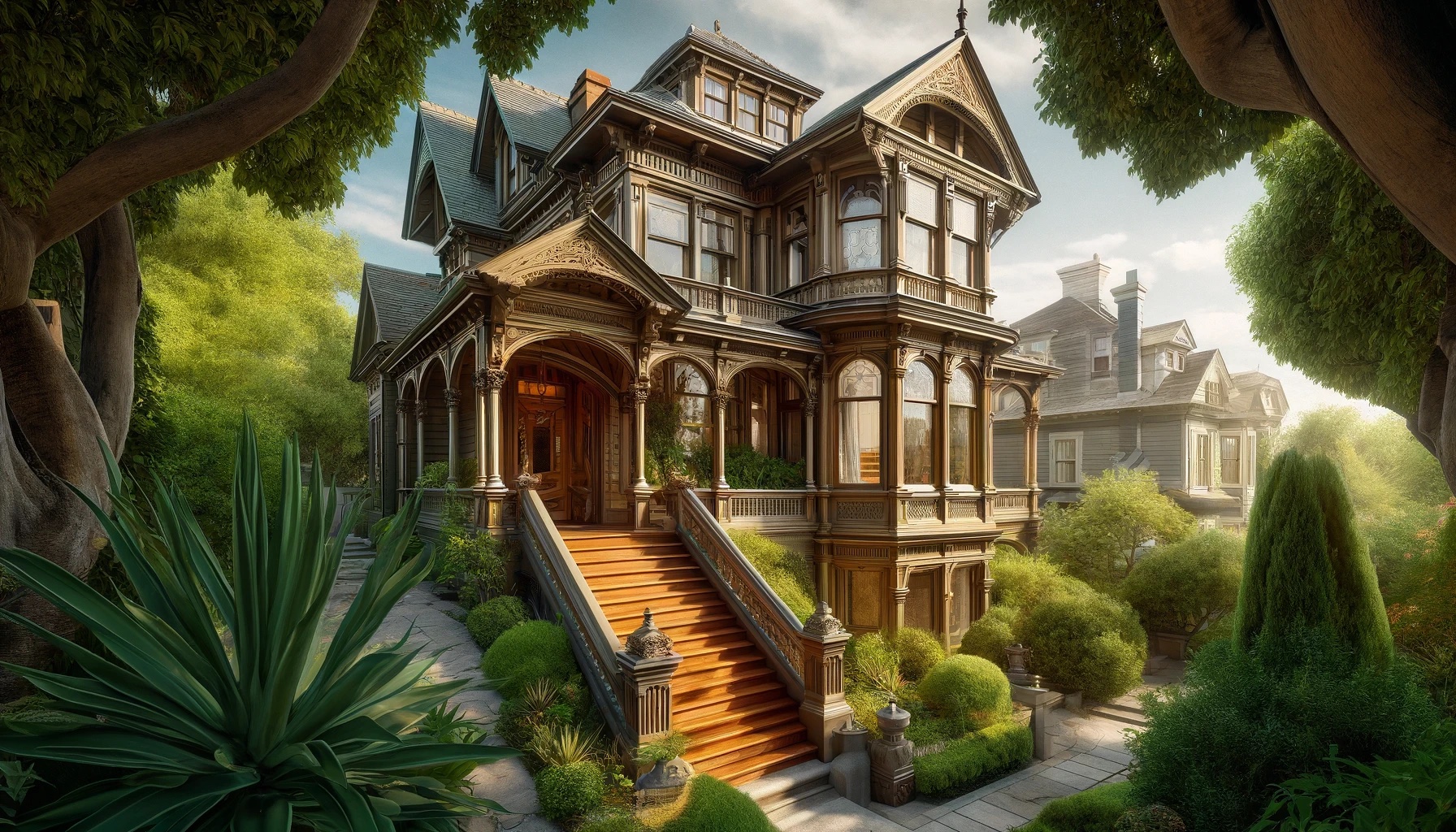An undeniable charm comes with homes that have seen the turn of centuries. These structures are not just buildings; they are storied sanctuaries that invite us into the past while offering unique advantages. Here’s an expanded look at why century-old homes continue to captivate buyers:
Rich History and Unique Stories
– Personal Histories: Imagine the generations of families celebrating milestones within these walls, each leaving a layer of their legacy.
– Historical Significance: Many of these homes have witnessed vital historical events or have been part of evolving neighborhoods, giving them a cultural significance that new homes lack.
– Preservation of Heritage: Owning a century-old home is often seen as preserving a piece of local or family history, which can be a powerful motivator for buyers who feel connected to the past.
Unmatched Architectural Character
– Exclusive Details: Original hardwood floors, crown moldings, and hand-laid tile work are just a few of the unique features of these homes.
– Irreplaceable Craftsmanship: The level of craftsmanship seen in older homes, with hand-carved wood and artisanal glass, offers an aesthetic appeal that modern homes often cannot match.
– Distinctive Styles: Many older homes showcase specific styles that are rare in contemporary architecture, such as Victorian, Colonial, or Craftsman, each offering its allure.
Quality of Construction
– Robust Materials: These homes’ use of high-quality materials like full-dimension lumber and natural stone adds to their durability and charm.
– Built to Last: The adage “they don’t make them like they used to” holds true, with many older homes having thicker walls, larger beams, and overall sturdier construction.
– Attention to Detail: These homes often took longer to build, with more attention paid to details and sturdiness than to cost-saving measures seen in some modern constructions.
Potential for Appreciation
– Increasing Scarcity: As fewer of these homes are left standing, their rarity can increase their value significantly over time.
– Desirable Investments: Many view these homes as investments in art and history, which can be appreciated much like other rare assets.
– Market Trends: There is a growing market of buyers specifically seeking homes with unique historical character that cannot be replicated, potentially driving up demand and prices.
Community and Location
– Mature Neighborhoods: These homes are often located in well-established areas with lush landscapes and a strong sense of community.
– Close to Amenities: Many are found in areas close to city centers or cultural landmarks, offering convenient access to modern amenities while residing in a historically significant area.
– Neighborhood Identity: Older homes contribute to the identity and character of neighborhoods, often influencing local zoning decisions and community planning in favor of preserving charm and heritage.
Environmental Sustainability
– Conservation of Resources: Reusing existing structures reduces the demand for new materials, conserving resources and reducing carbon footprints.
– Energy Upgrades: Modern retrofitting can make these homes surprisingly energy efficient, combining historical aesthetics with modern energy standards.
– Sustainable Living: Living in an older home can inspire a more sustainable lifestyle, including repairing rather than replacing and valuing longevity and quality over disposability.


